Art deco townhouses in Melbourne create a curvy beach-side block
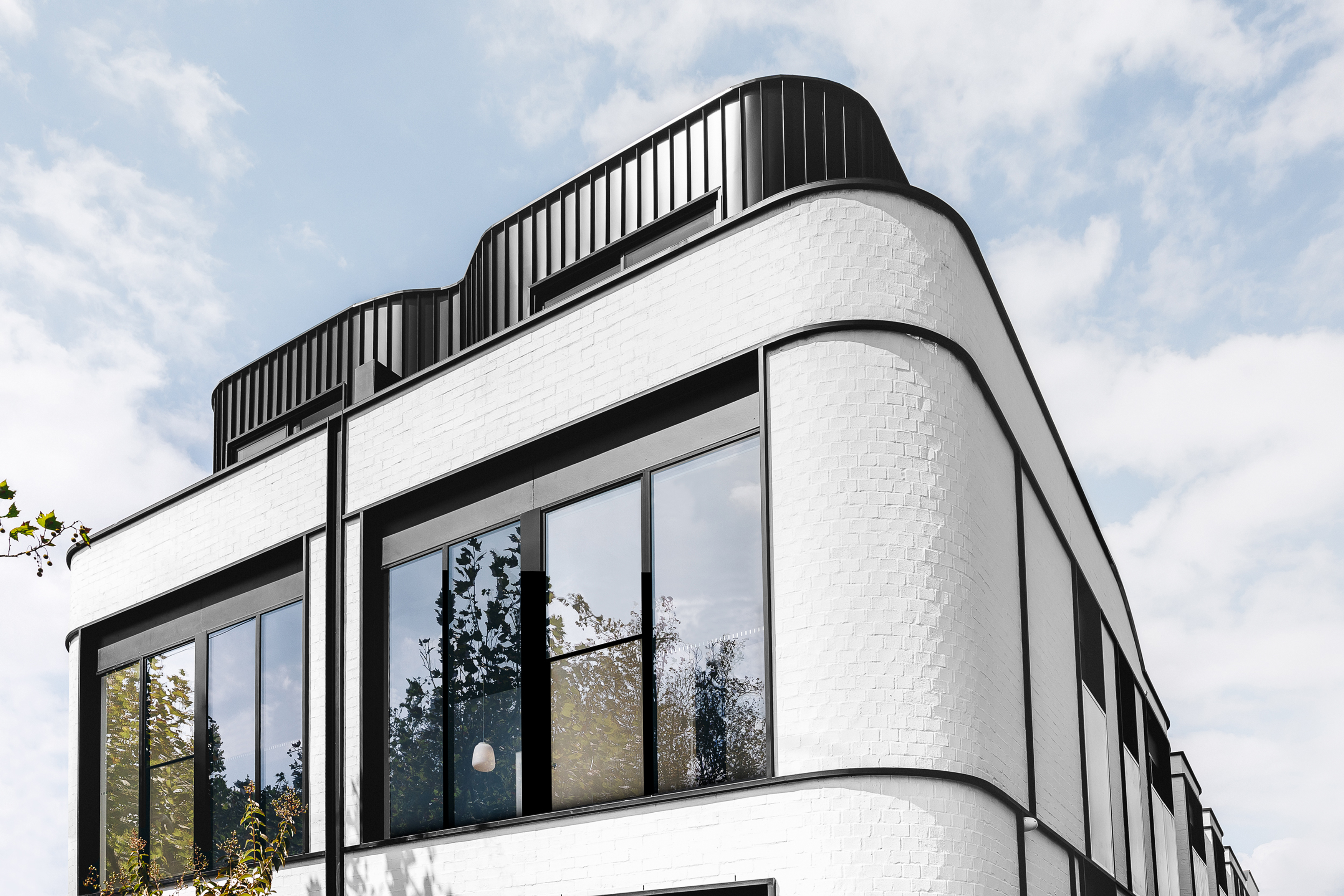
Australian developers Angle and the BuxtonGroup have completed an art-deco inspired residential block in the coast-side suburb of Elwood in Melbourne. Designed by Cera Stribley Architects, the building features eight connected townhouses with curving white brickwork.
The series of three-storey homes were designed to capture the relaxed and modern aesthetic of their neighbourhood on the beach just south of St Kilda. Looking back to the 1920s and 30s for design influence, the architects used circular shapes, curves and bright white brickwork, contrasted with a charcoal finished frame of metal cladding to enhance the architectural lines.

Returning home to Pine Ave after a long day is a smooth journey, that starts to unfold from the curved white brick wall of the development that runs alongside the street. Once welcomed into a small front garden, a little micro-oasis of plants, the curvature of the façade caves in to highlight the entrances to the houses, creating a smooth and sheltered experience.
Design details were added to personalise the experience of ‘home’ for each resident: ‘Deliberately visualised to the nth degree, we have even included guidance tools such as custom mosaic numbers, created in collaboration with Brett Campbell, as you approach the townhomes, making each easier to identify; we felt that a sense of ownership was really important,’ said Dom Cerantonio, managing principal of Cera Stribley.
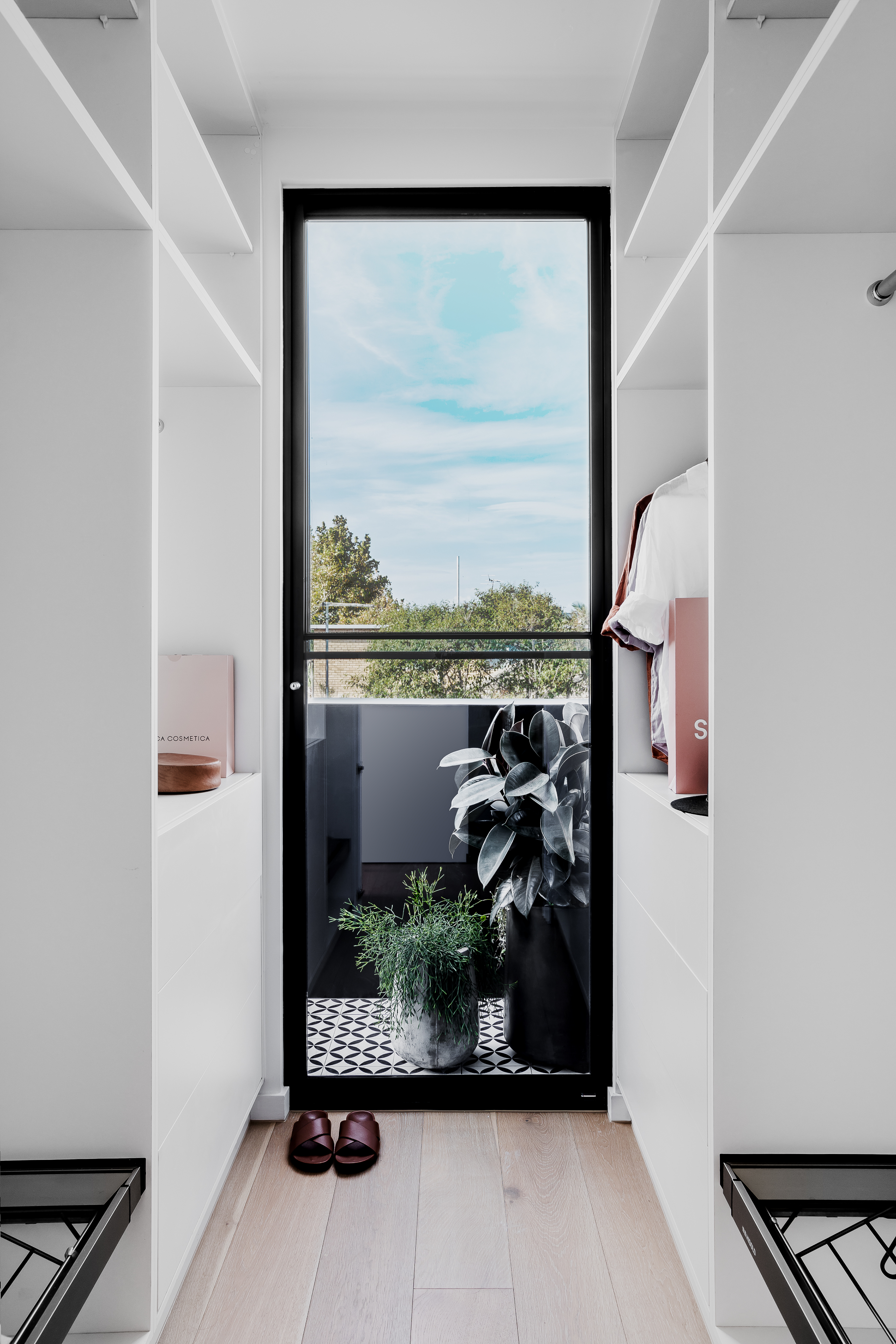
The curves of the façade continue inside through custom joinery, such as in the dining room table which also functions as storage, a circular mirror and a brass and black steel chef’s caddy.
While lightness and brightness are enhanced even further in the interior through a significant recess and a double height hallway creating the feeling of endless space. Neutral interior details designed by The Stella Collective include a brass rangehood, tapware, cabinetry in the kitchen, and white walls, white tiles and light grey terrazzo flooring in the bathrooms – these spaces were considered just as reflective and special as the bedrooms and living room spaces.



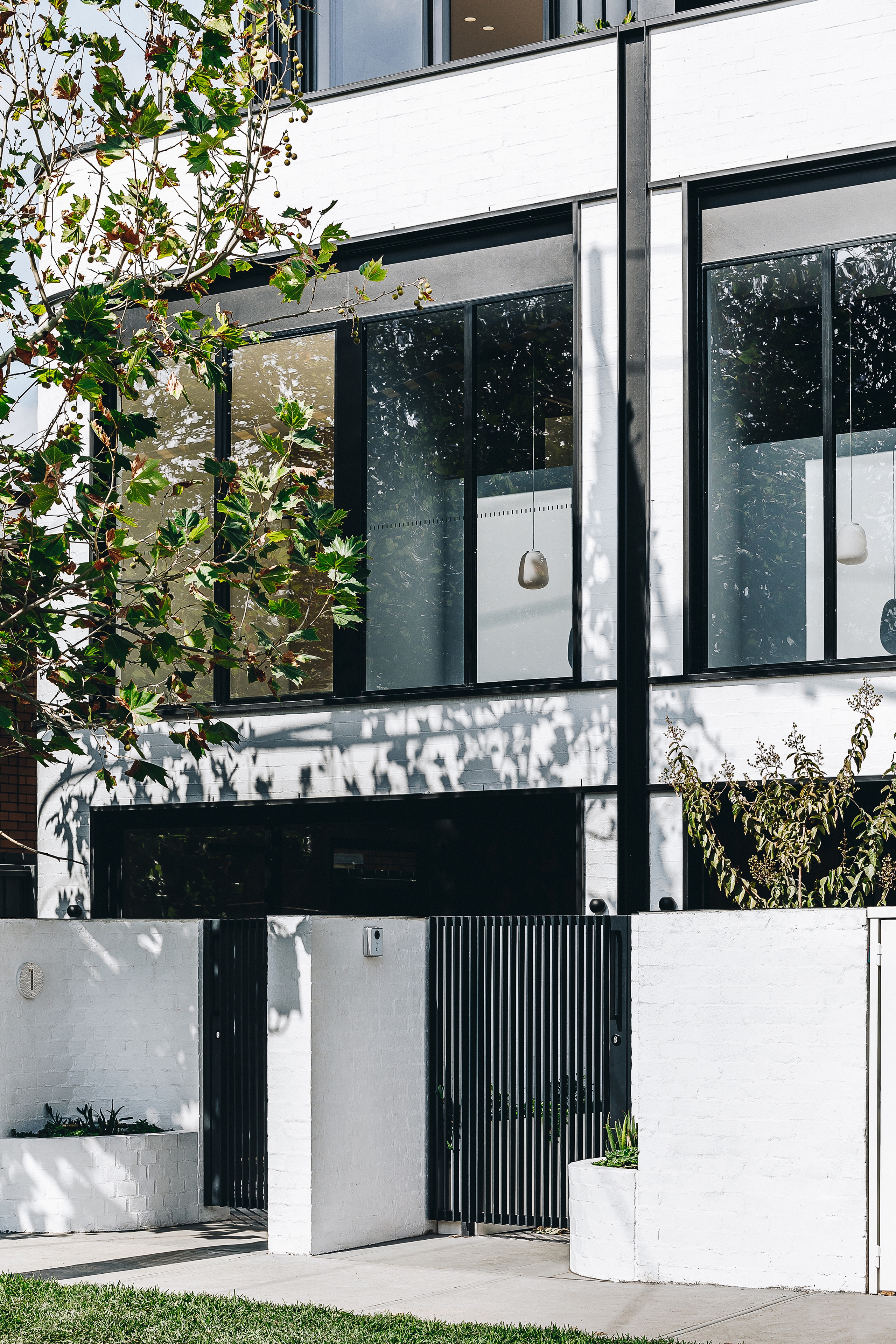
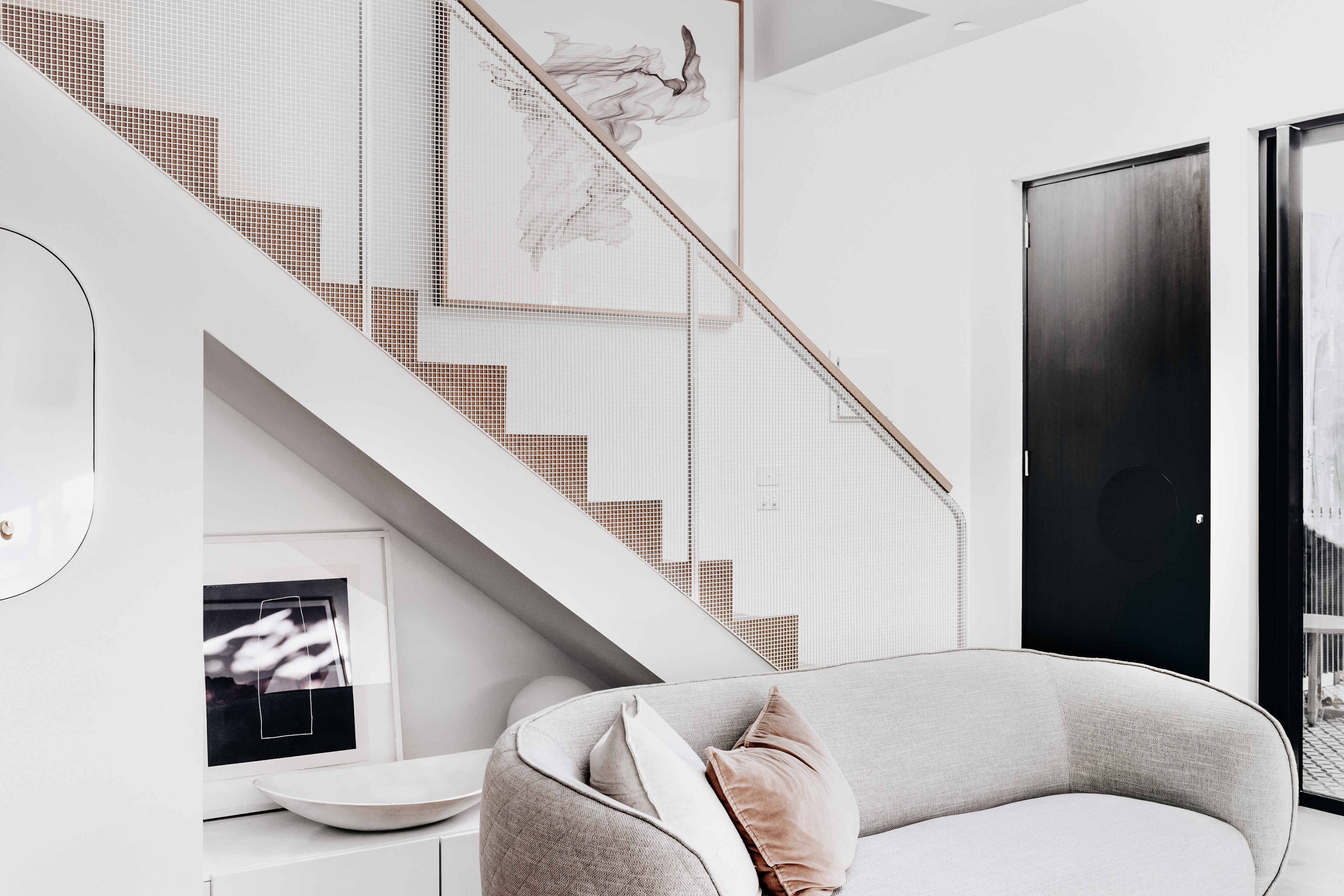
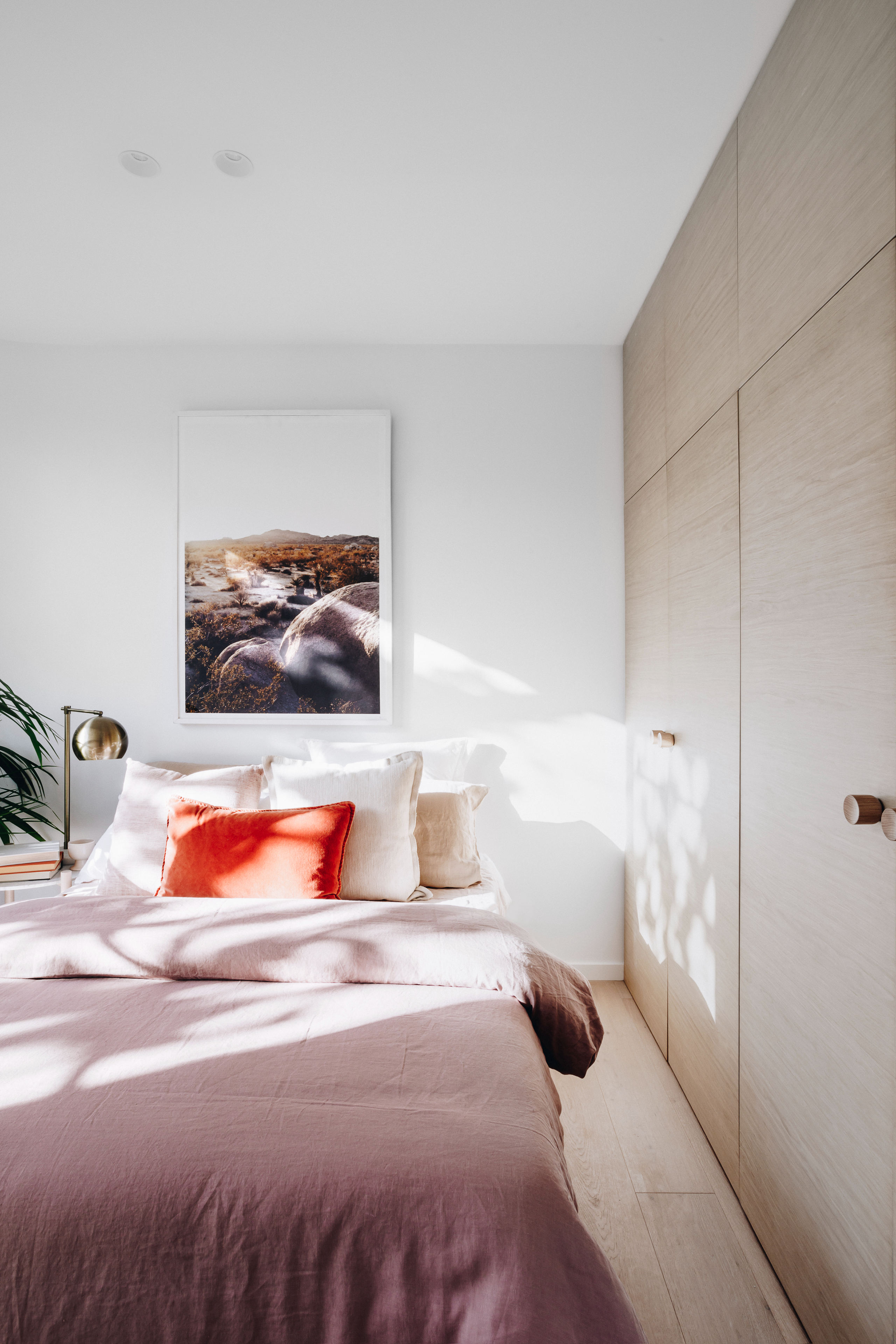
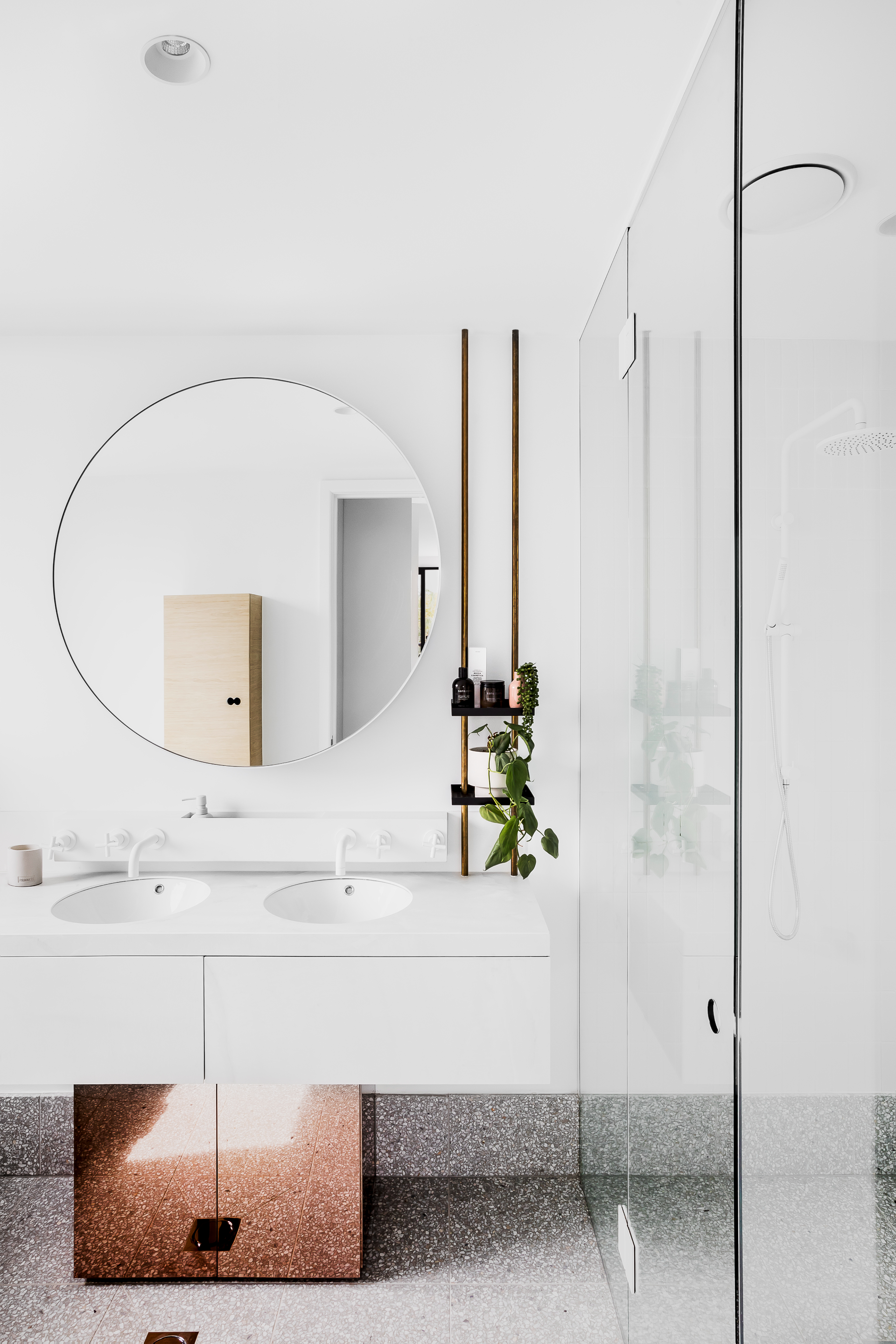
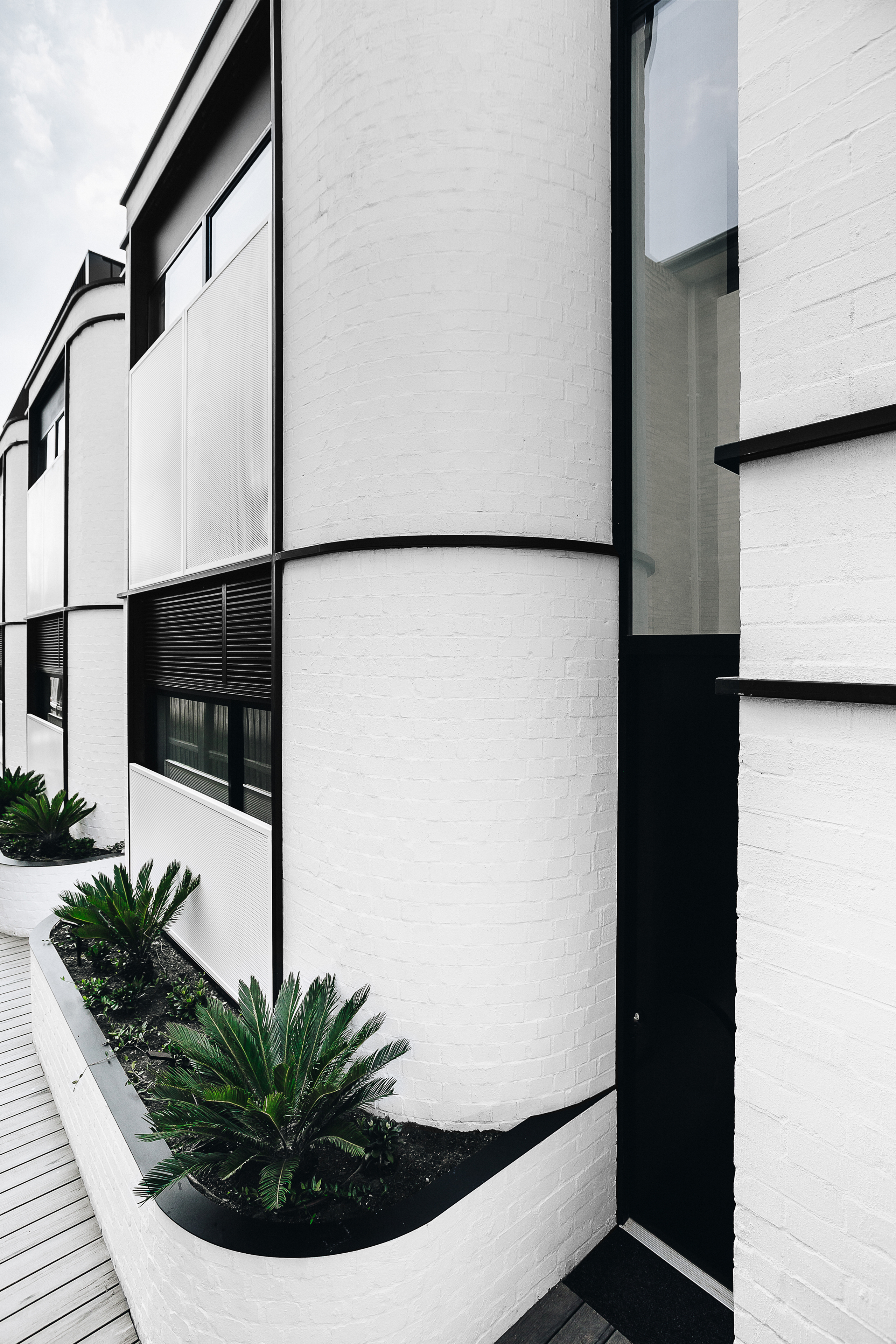

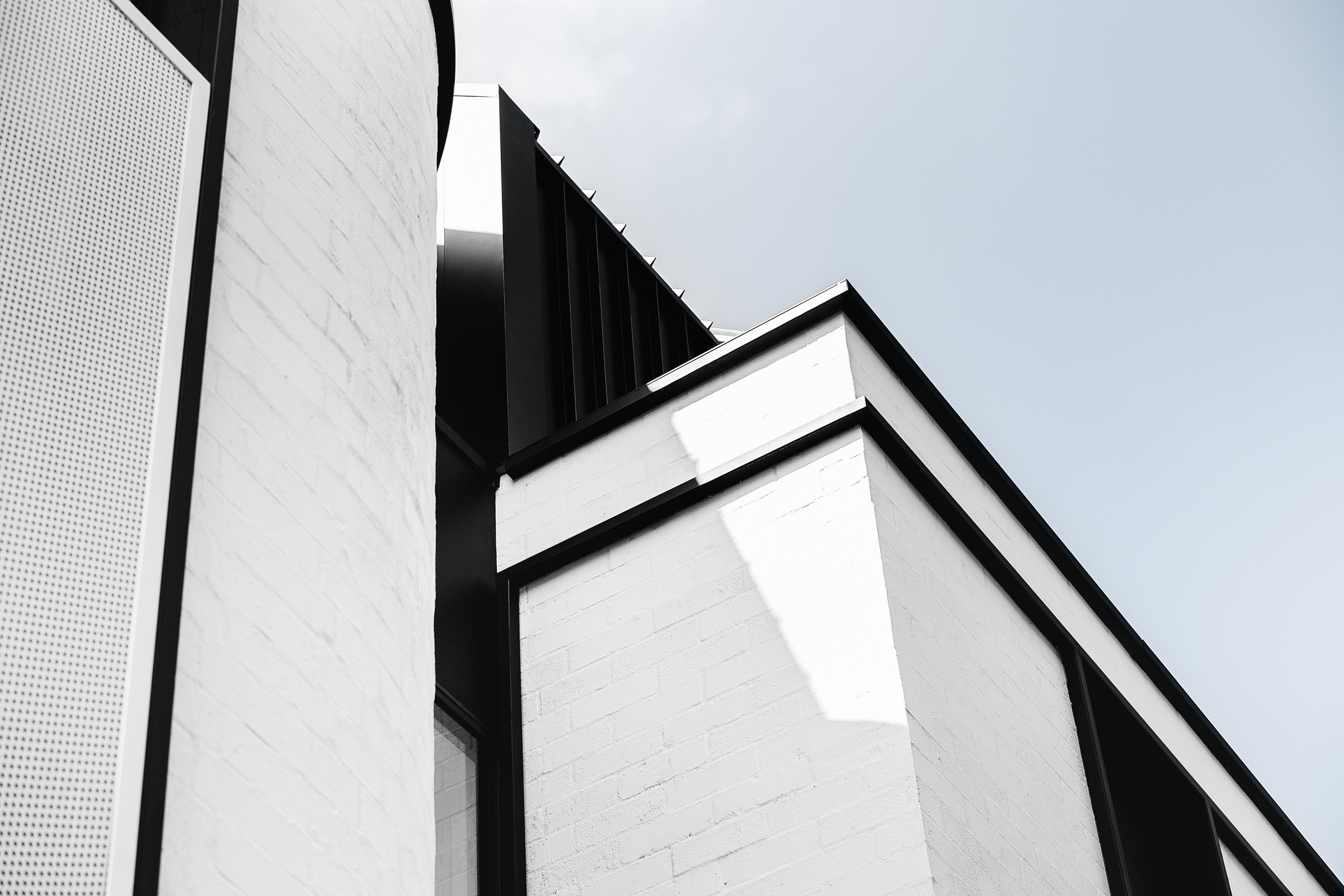
INFORMATION
For more information, visit the Angle website, the BuxtonGroup website and the Cera Stribley Architects website
Receive our daily digest of inspiration, escapism and design stories from around the world direct to your inbox.
Harriet Thorpe is a writer, journalist and editor covering architecture, design and culture, with particular interest in sustainability, 20th-century architecture and community. After studying History of Art at the School of Oriental and African Studies (SOAS) and Journalism at City University in London, she developed her interest in architecture working at Wallpaper* magazine and today contributes to Wallpaper*, The World of Interiors and Icon magazine, amongst other titles. She is author of The Sustainable City (2022, Hoxton Mini Press), a book about sustainable architecture in London, and the Modern Cambridge Map (2023, Blue Crow Media), a map of 20th-century architecture in Cambridge, the city where she grew up.
-
 Martell’s high-tech new cognac bottle design takes cues from Swiss watch-making and high-end electronics
Martell’s high-tech new cognac bottle design takes cues from Swiss watch-making and high-end electronicsUnconventional inspirations for a heritage cognac, perhaps, but Martell is looking to the future with its sharp-edged, feather-light, crystal-clear new design
-
 In 2025, fashion retail had a renaissance. Here’s our favourite store designs of the year
In 2025, fashion retail had a renaissance. Here’s our favourite store designs of the year2025 was the year that fashion stores ceased to be just about fashion. Through a series of meticulously designed – and innovative – boutiques, brands invited customers to immerse themselves in their aesthetic worlds. Here are some of the best
-
 The Wallpaper* team’s travel highlights of the year
The Wallpaper* team’s travel highlights of the yearA year of travel distilled. Discover the destinations that inspired our editors on and off assignment
-
 The Architecture Edit: Wallpaper’s houses of the month
The Architecture Edit: Wallpaper’s houses of the monthFrom wineries-turned-music studios to fire-resistant holiday homes, these are the properties that have most impressed the Wallpaper* editors this month
-
 An Australian holiday home is designed as a bushfire-proof sanctuary
An Australian holiday home is designed as a bushfire-proof sanctuary‘Amongst the Eucalypts’ by Jason Gibney Design Workshop (JGDW) rethinks life – and architecture – in fire-prone landscapes, creating a minimalist holiday home that’s meant to last
-
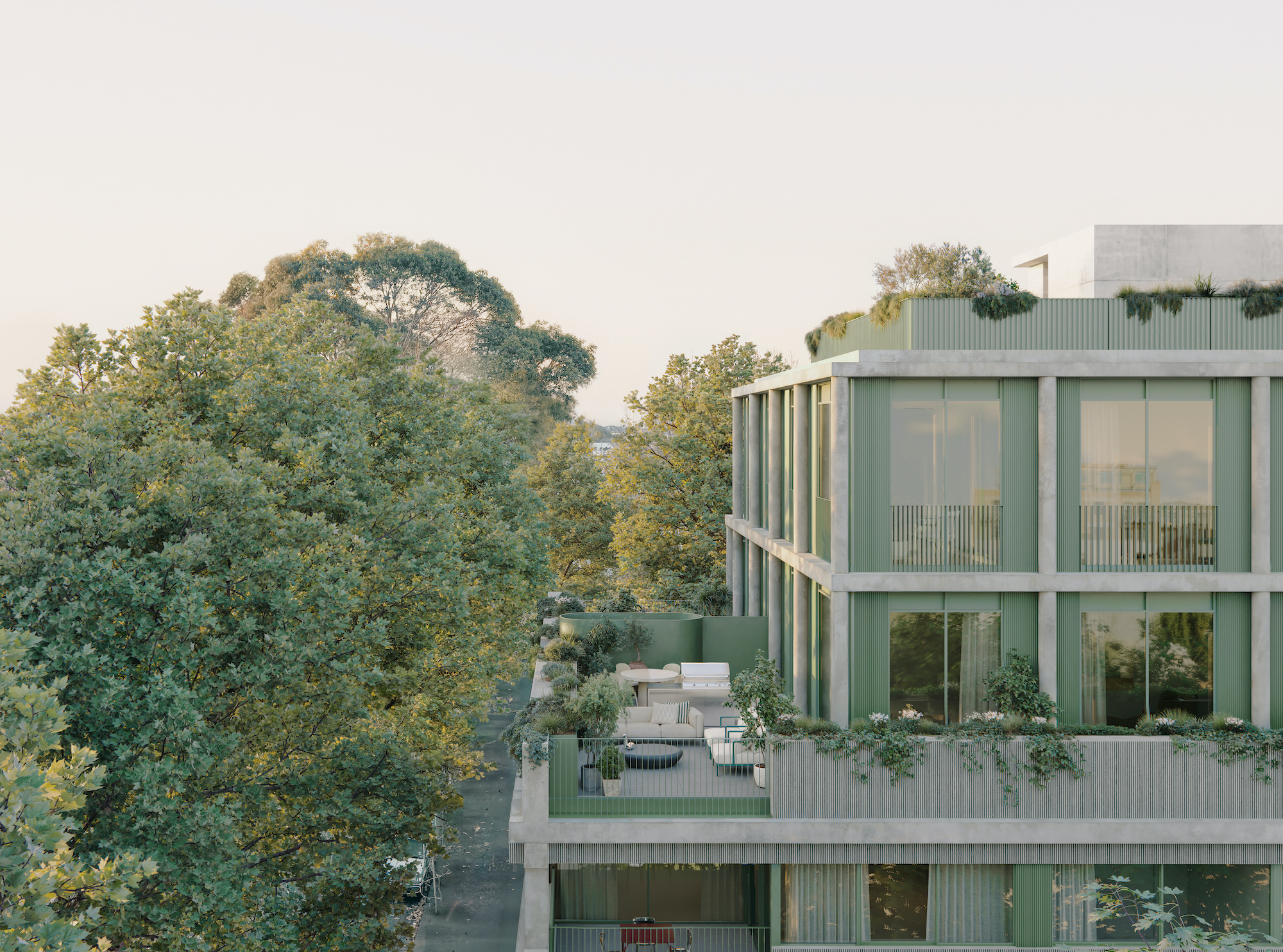 Neometro is the Australian developer creating homes its founders ‘would be happy living in’
Neometro is the Australian developer creating homes its founders ‘would be happy living in’The company has spent 40 years challenging industry norms, building design-focused apartment buildings and townhouses; a new book shares its stories and lessons learned
-
 The Melbourne studio rewilding cities through digital-driven landscape design
The Melbourne studio rewilding cities through digital-driven landscape design‘There's a lack of control that we welcome as designers,’ say Melbourne-based landscape architects Emergent Studios
-
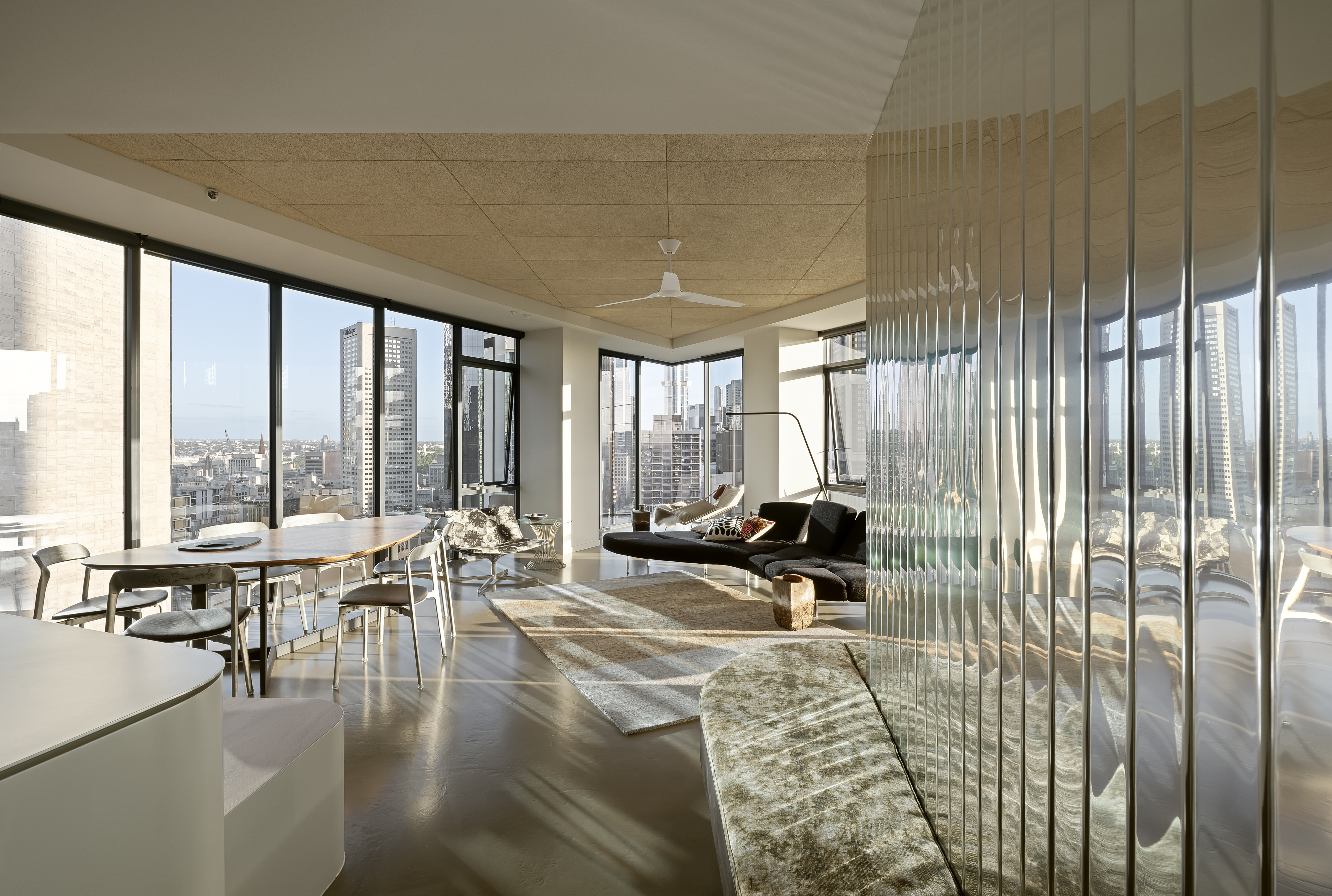 A Republic Tower apartment refresh breathes new life to a Melbourne classic
A Republic Tower apartment refresh breathes new life to a Melbourne classicLocal studio Multiplicity's refresh signals a new turn for an iconic Melbourne landmark
-
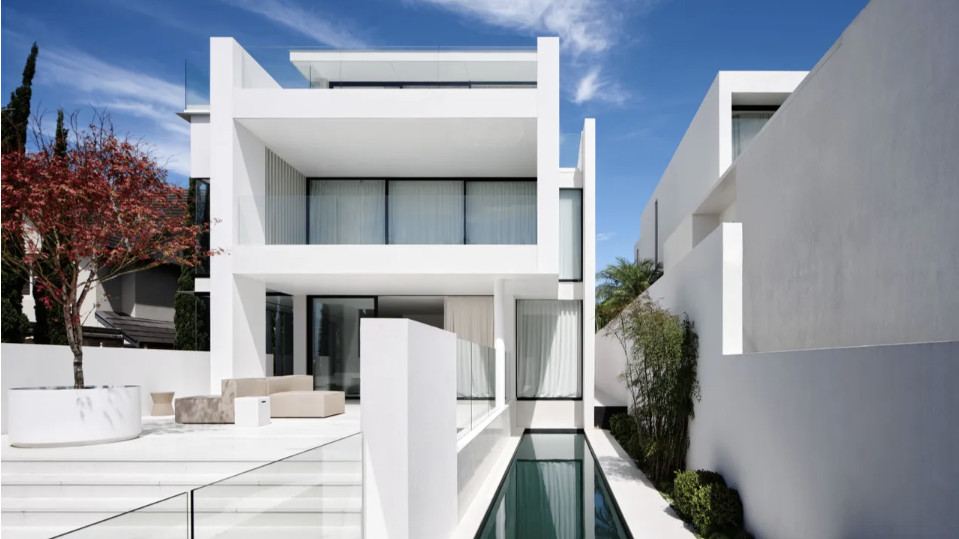 A Japanese maple adds quaint charm to a crisp, white house in Sydney
A Japanese maple adds quaint charm to a crisp, white house in SydneyBellevue Hill, a white house by Mathieson Architects, is a calm retreat layered with minimalism and sophistication
-
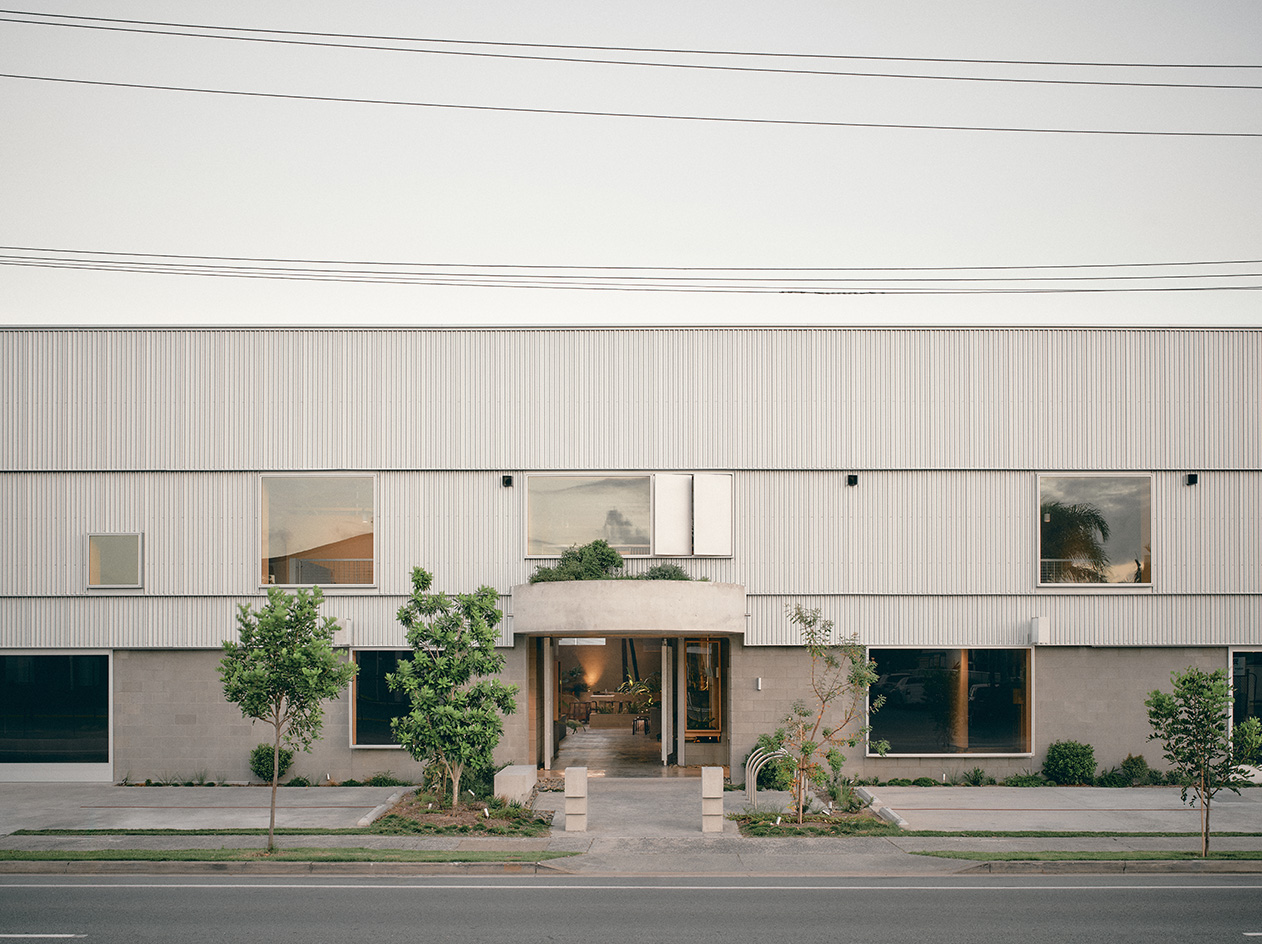 A redesigned warehouse complex taps into nostalgia in Queensland
A redesigned warehouse complex taps into nostalgia in QueenslandA warehouse in Queensland has been transformed from neglected industrial sheds to a vibrant community hub by architect Jared Webb, drawing on the typology's nostalgic feel
-
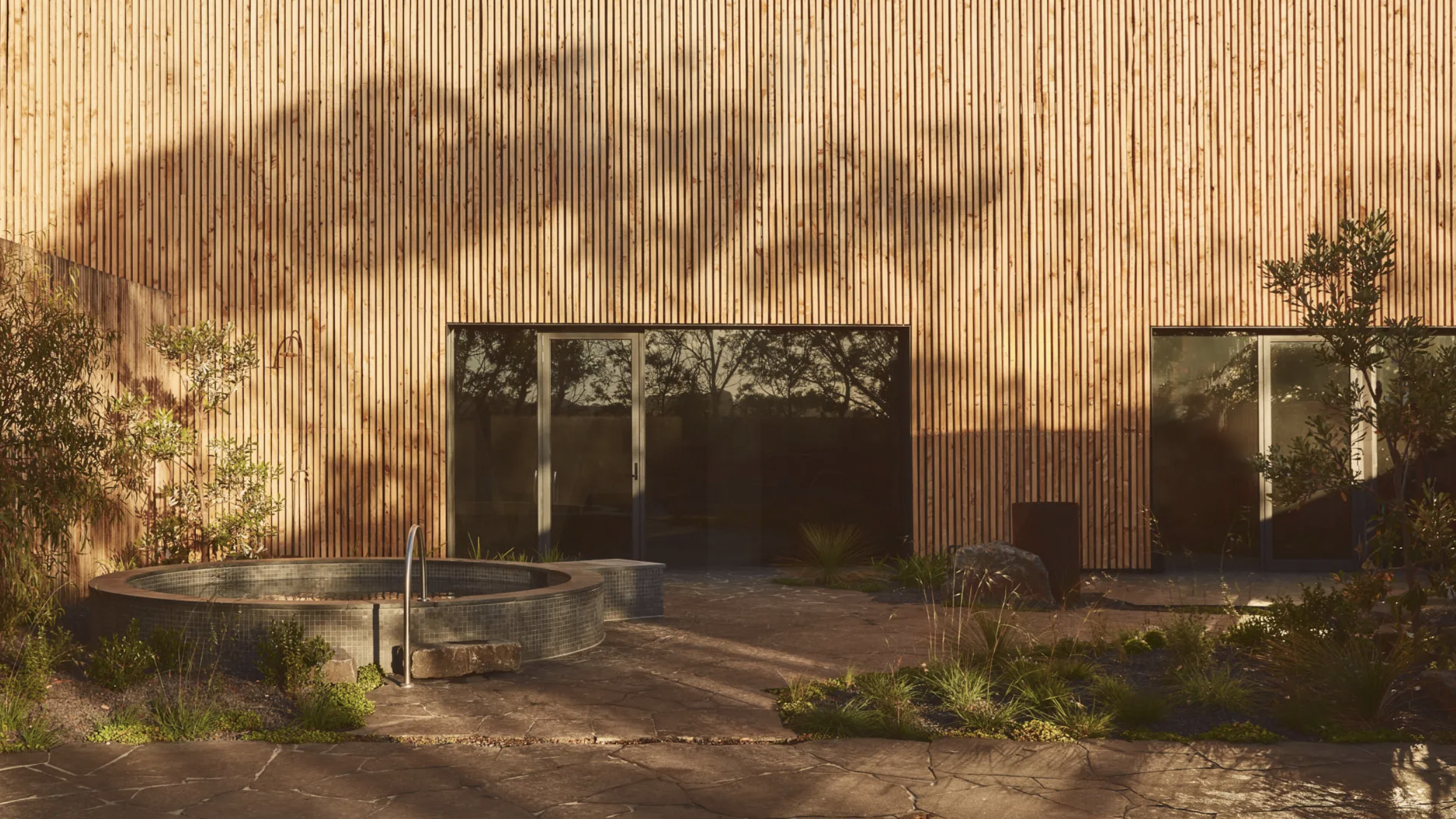 Australian bathhouse ‘About Time’ bridges softness and brutalism
Australian bathhouse ‘About Time’ bridges softness and brutalism‘About Time’, an Australian bathhouse designed by Goss Studio, balances brutalist architecture and the softness of natural patina in a Japanese-inspired wellness hub